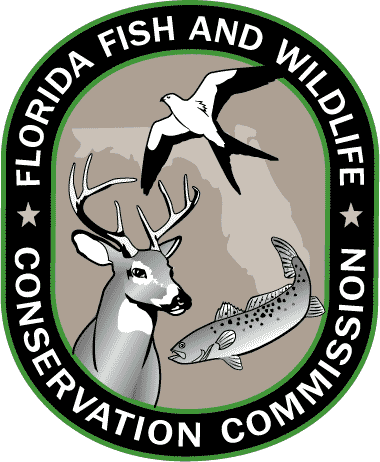Florida Open Houses Seek Input on Bass Regulations

Florida Fish and Wildlife Conservation Commission (FWC) biologists want to know what you think about freshwater bass regulations. To listen to what anglers have to say, FWC fisheries biologists are hosting public meetings around the state, including one in Ocala on March 19 at Gander Mountain, 3970 SW 3rd St., and one in Lake Mary on March 22 at Gander Mountain, 3750 Flagg Lane. Both meetings are from 5-8 p.m.
The meetings began in late February and are being held throughout the state through early April. Open houses are for the public to come in, talk to biologists and let FWC staff know what they think.
“This is an opportunity for anglers to provide their thoughts and ideas about Florida largemouth bass regulations. Should they stay the same? Should changes be made? You tell us,” said Allen Martin, regional freshwater fisheries biologist for the FWC.
Anglers are welcome to come into the open houses at any point.
“There’s no set schedule. You can come in for 10 minutes or stay for an hour,” Martin said. “The open house format is casual and for angler input about bass regulations only. We want people to let us know what they think.”

